By Christopher Miskimon
A t 4:15 a.m. on February 24, 2022, a pre-recorded television segment played in which Russian President Vladimir Putin announced a “Special Military Operation” against neighboring Ukraine. It was, in effect, a declaration of war. Within 45 minutes, the Russian military commenced jamming operations against Ukrainian radars and communications and launched cyber-attacks on government sites, power facilities and U.S. satellite communications provider Viasat. The attack on Viasat severed links between the Ukrainian high command and its units.
A primary goal of this effort was to isolate Kyiv for an attack by ground forces. A road column advanced from Belarus while a heliborne assault team went to occupy Antonov Airport on the outskirts of Kyiv. These airborne soldiers would secure the facility so aircraft carrying follow-on troops could land. In Kyiv, infiltrated Spetsnaz special forces units were to capture or kill Ukrainian President Volodymyr Zelenskyy.
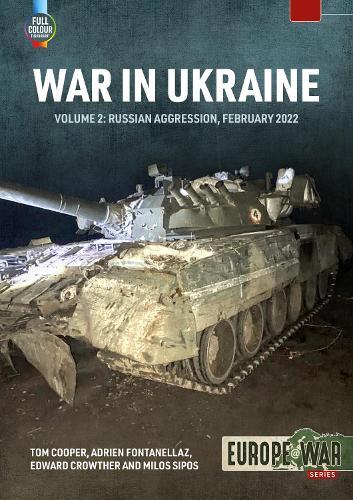 It was a good plan. Properly executed, it could have worked. It didn’t. The Spetsnaz failed, as Ukraine’s own special forces protected their leadership. While Russian interceptors shot down two Ukrainian MiG-29s, the heliborne assault force lost two aircraft and another took severe damage. The Russian paratroopers who reached the airport were able to inflict extensive damage; they had intelligence from the traitorous son of an airport employee. However, the Ukrainians formed ad hoc units from military schools in the city and volunteers reinforced the few regular units in the area.
It was a good plan. Properly executed, it could have worked. It didn’t. The Spetsnaz failed, as Ukraine’s own special forces protected their leadership. While Russian interceptors shot down two Ukrainian MiG-29s, the heliborne assault force lost two aircraft and another took severe damage. The Russian paratroopers who reached the airport were able to inflict extensive damage; they had intelligence from the traitorous son of an airport employee. However, the Ukrainians formed ad hoc units from military schools in the city and volunteers reinforced the few regular units in the area.
Some of those units attacked the Russians at the airport. The defending paratroopers were able to hold their ground and maintain their perimeter around the airport. The Ukrainians had to fall back in the afternoon when their ammunition ran out. While the attack failed to dislodge the Russians, it succeeded in buying the Ukrainians time to bring in artillery and air power. Two battalions of 2S7 Pion 203mm howitzers were available. They shelled the runway, blasting large craters along its length. At dusk, a pair of Ukrainian SU-24Ms roared over the airport and dropped 500kg runway-cratering bombs. While the Russians held the airport, they could no longer fly in the reinforcements needed to expand their control. Four Ukrainian soldiers were cut off during the fighting and hid at the airport, watching Russian movements.
The Russian road column, made up of units from the 35th Combined Arms Army, made good initial progress, but soon became tangled in a long traffic jam as different subunits tried to move on the same road. The problem was made worse by roving bands of Ukrainians armed with anti-tank weapons and small arms. There were many short-range firefights which impeded Russian progress, though some units continued to advance. The Russian 31st Airborne Assault Brigade, approaching Kyiv mounted in a convoy of armored vehicles and trucks, managed to reach the airport but were low on fuel. Russian commanders placed them between two large hangers in a hasty refueling point.
Tragically for them, the four Ukrainian soldiers hiding nearby saw the tightly packed Russian column. A few Ukrainian UAVs spotted them as well. Soon a massive artillery barrage fell on the refueling point, destroying almost all the vehicles and killing 60 Russian troops. This was only one of the problems facing Russian commanders on the ground in the first two weeks of the Ukraine Invasion. For a detailed accounting of the fighting, read War in Ukraine Volume 2: Russian Invasion, February 2022 (Tom Cooper, Adrien Fontanellaz, Edward Crowther & Milos Sipos, Helion Books, South Yorkshire UK, 2023, 76 pp., maps, photographs, appendices, bibliography, index, $29.95, SC)
This book, while short, is our lead review for this issue because of its very thorough coverage of the Ukraine War’s initial weeks. The authors deftly provide information on how Ukraine rebuilt its forces after the disasters of 2014-15. Their accounting of the military aid Ukraine received is very informative. They also lay out the preparations of both sides as far as is reliably known, give orders of battle and describe the action along the various Russian lines of advance. The reader will be hard pressed to find another book providing this sort of detailed information. It is liberally illustrated with battlefield photographs and good maps.
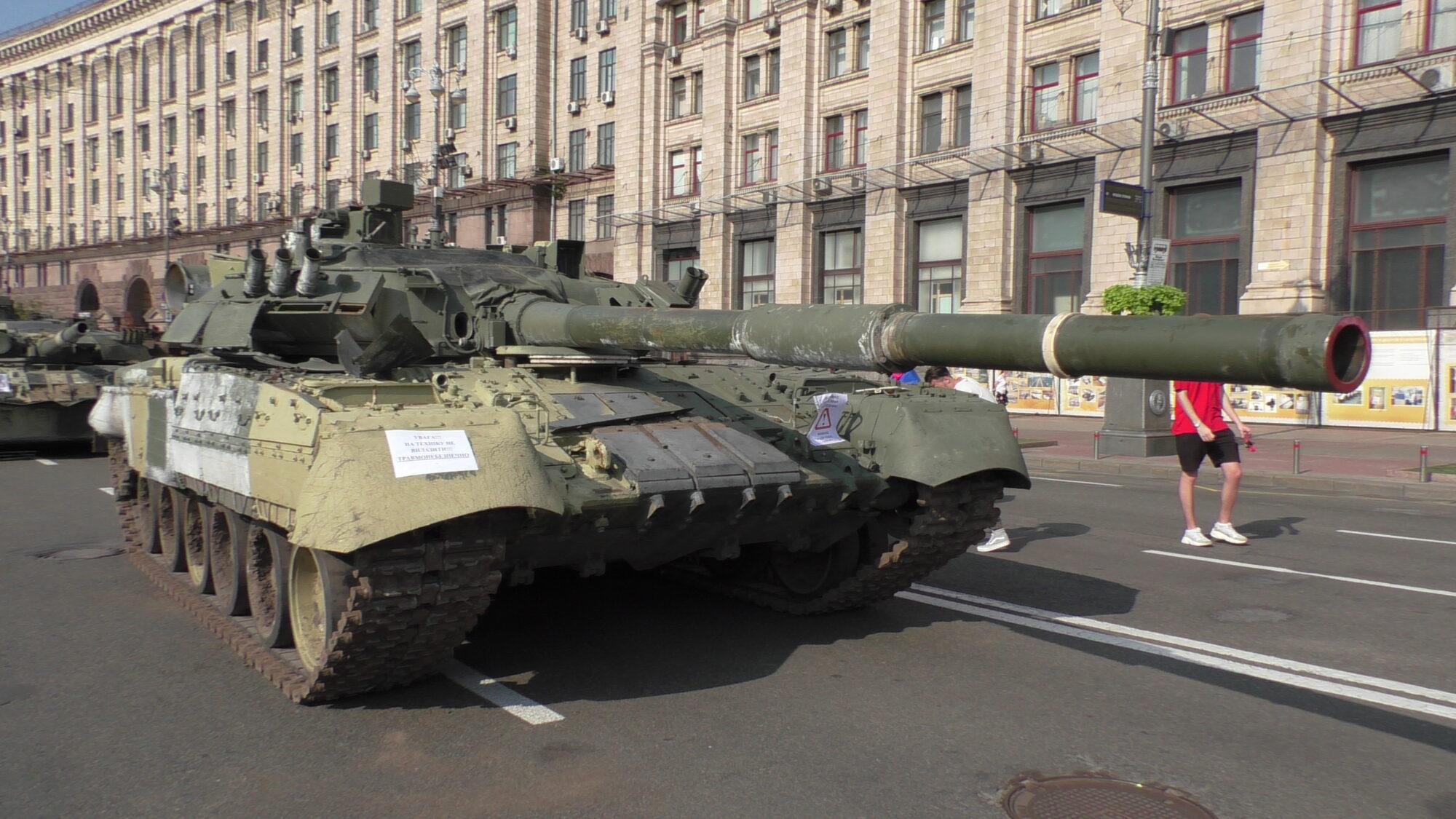
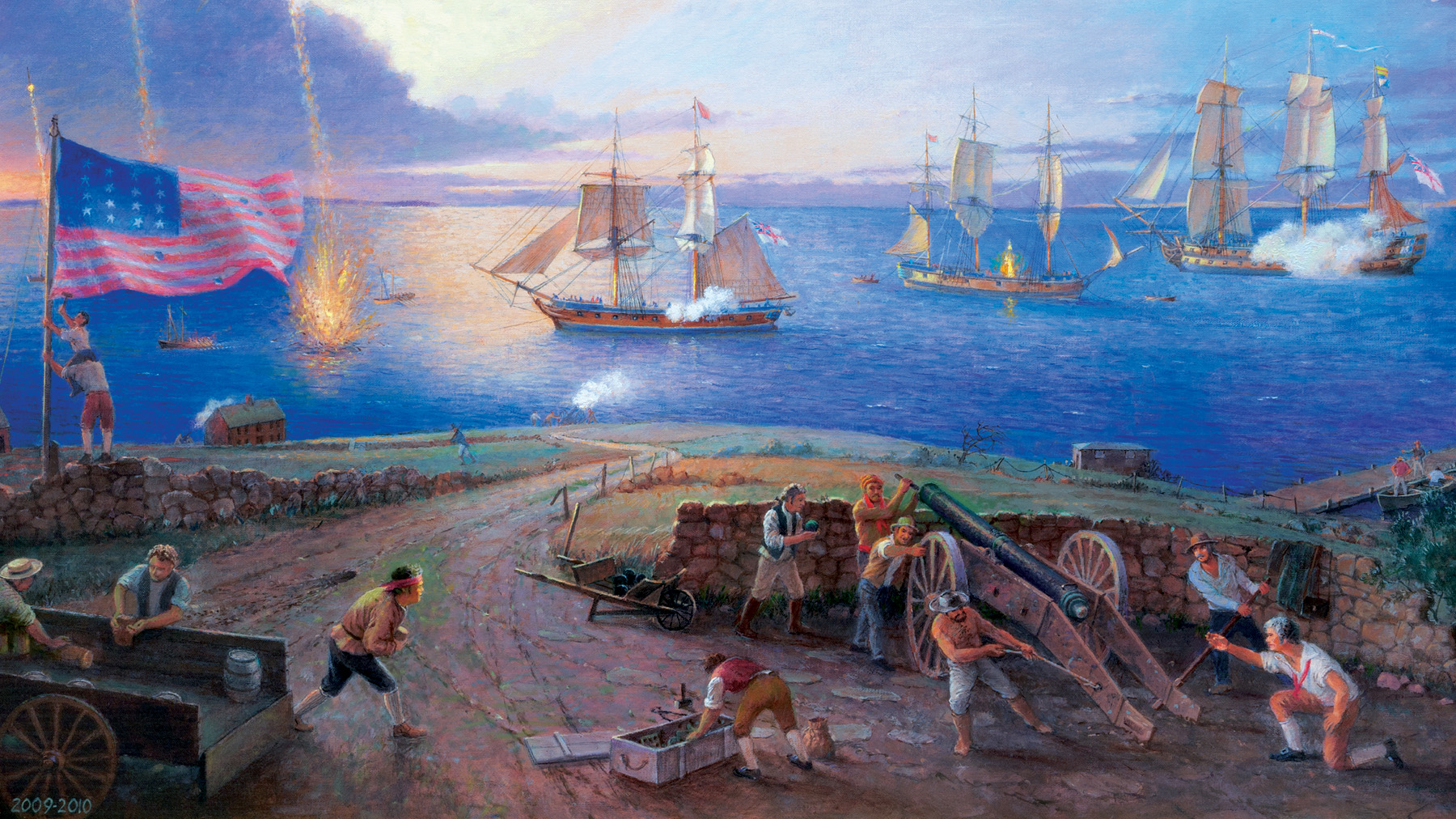
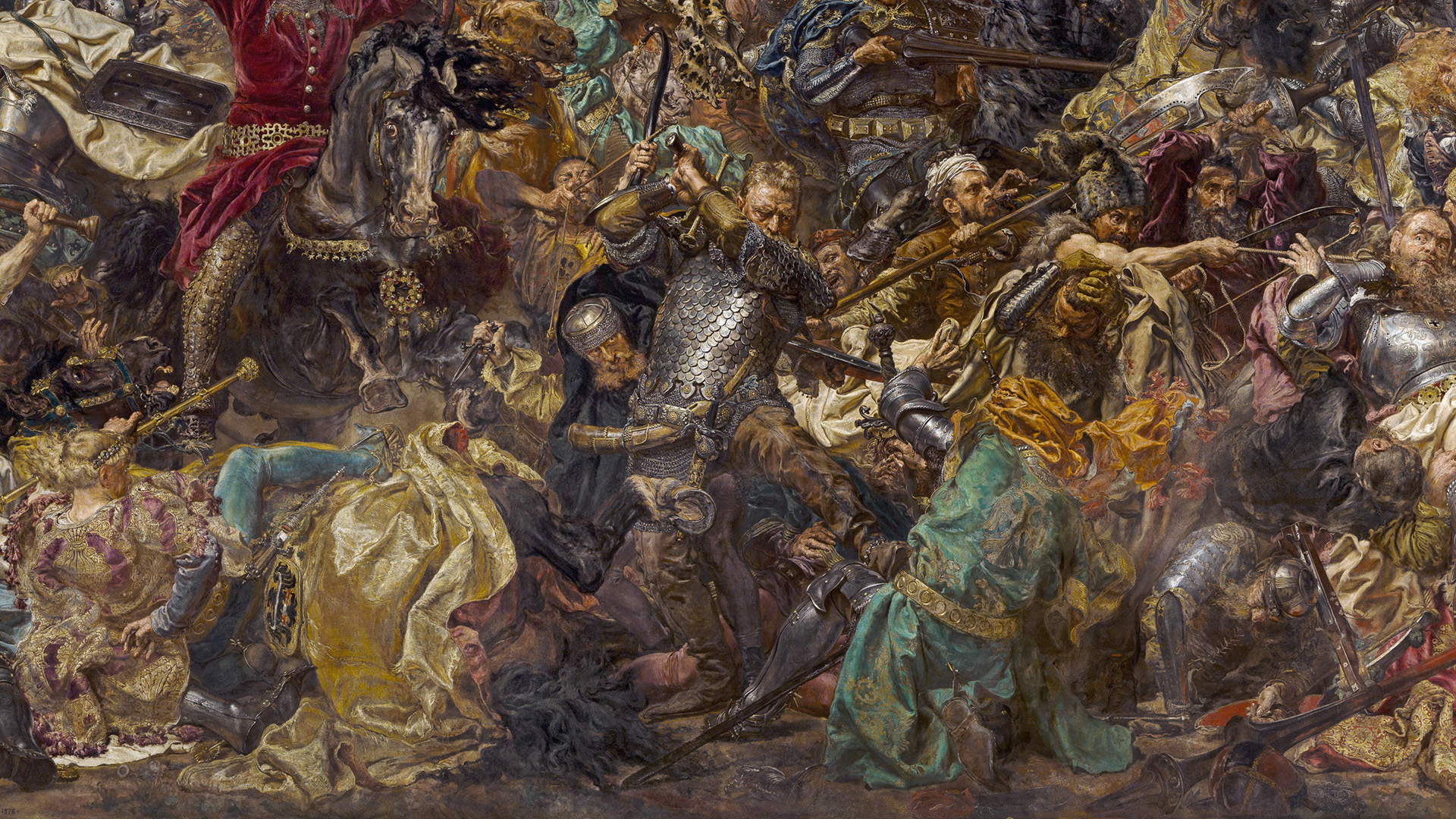
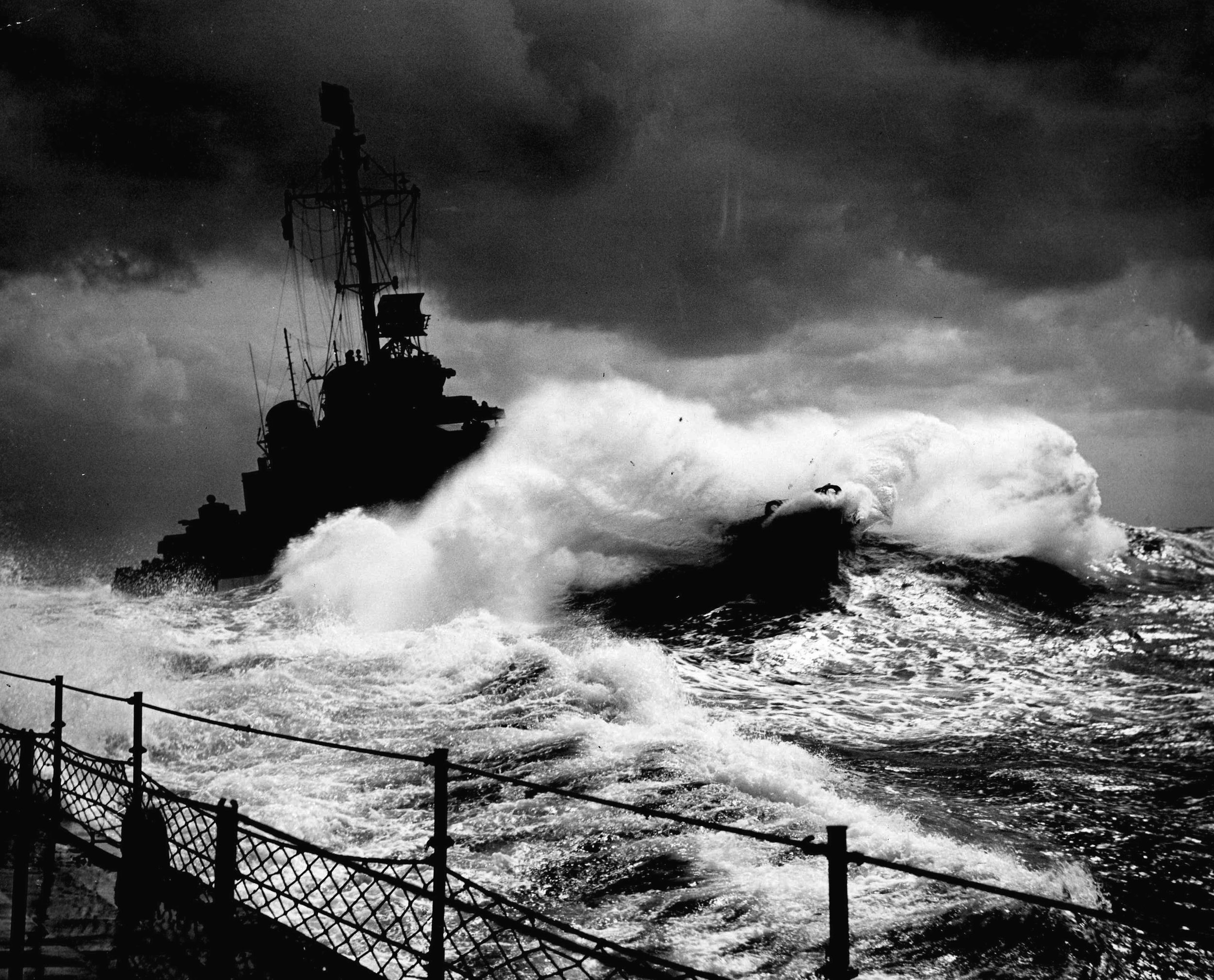
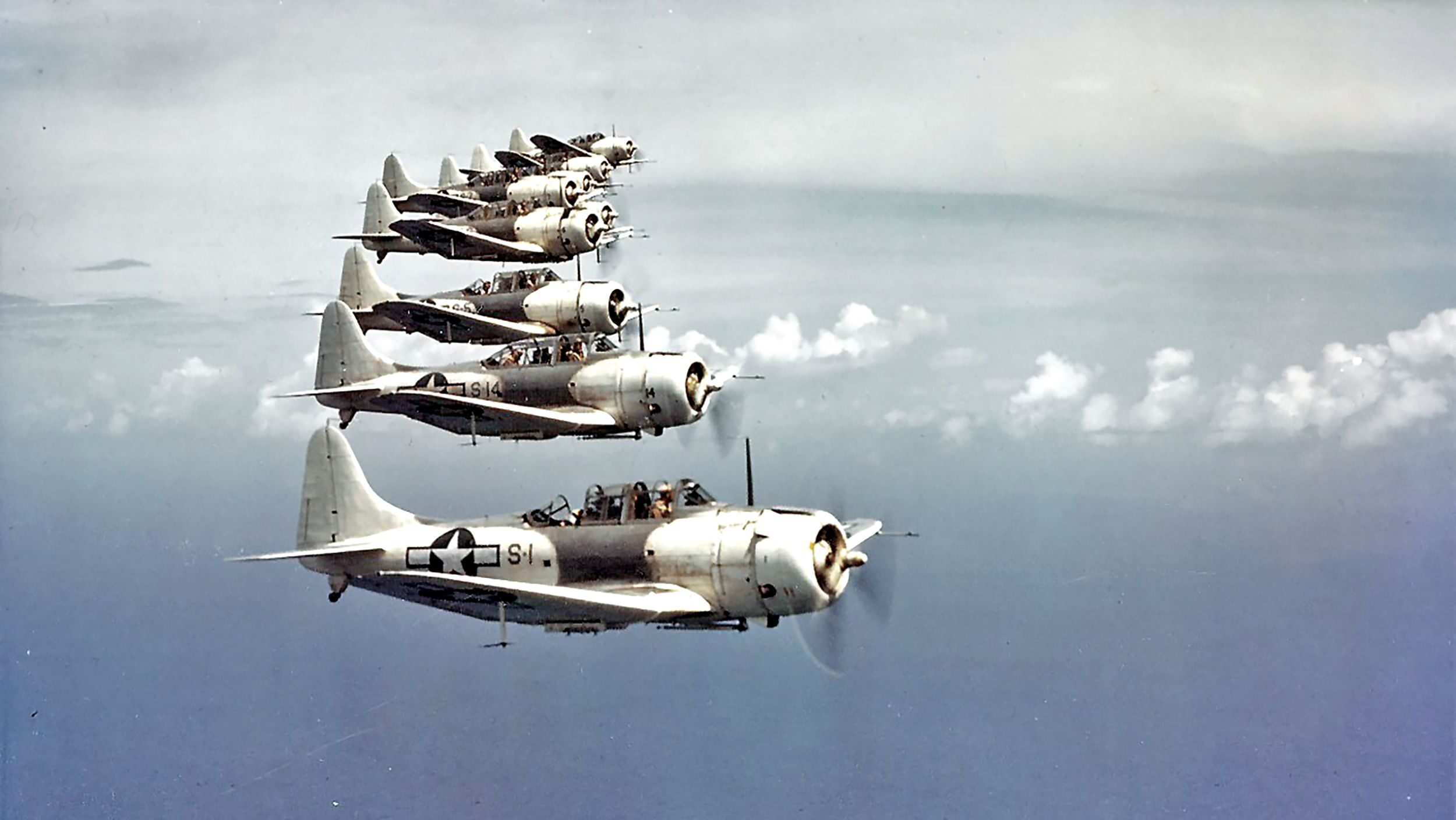
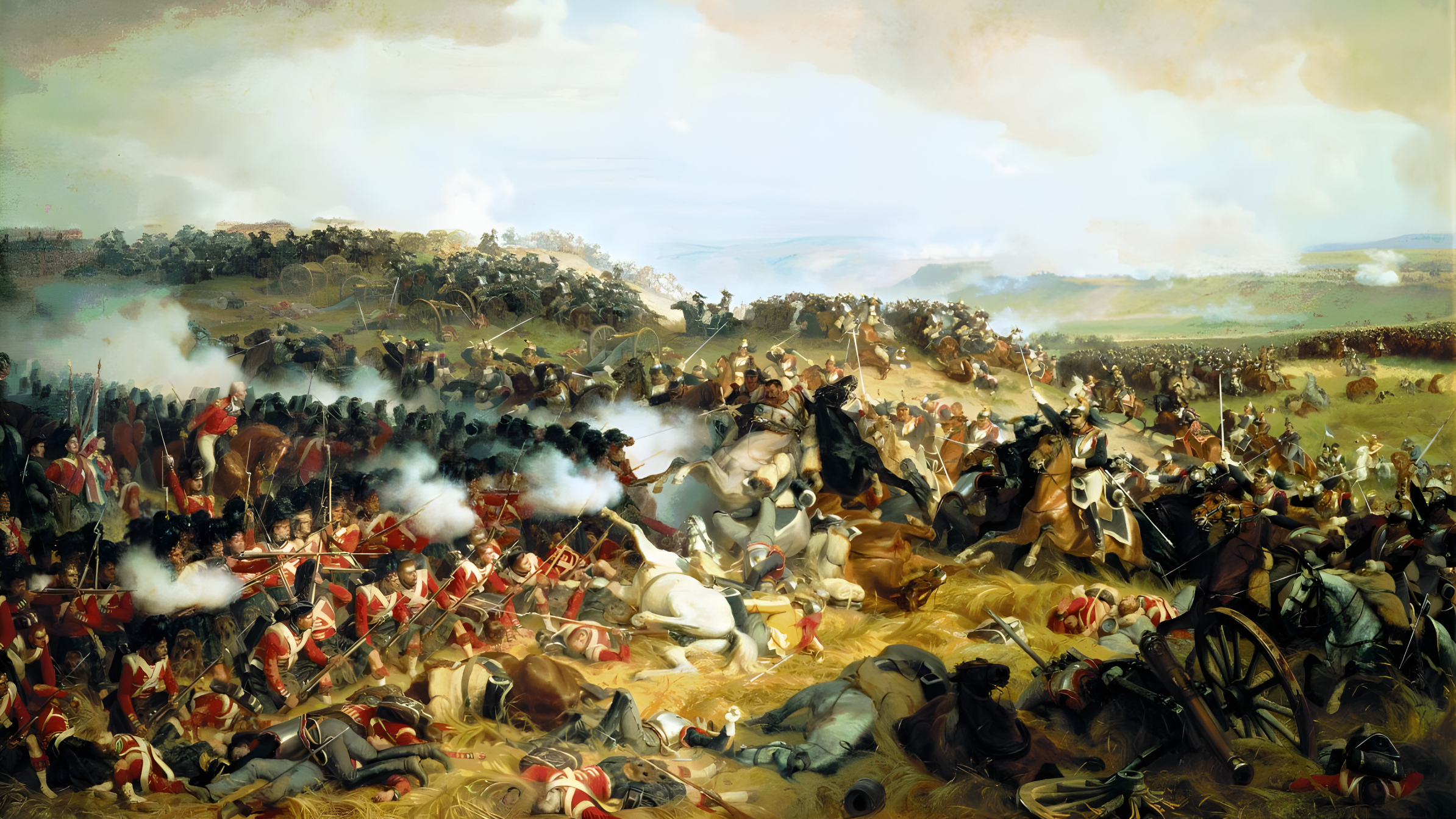
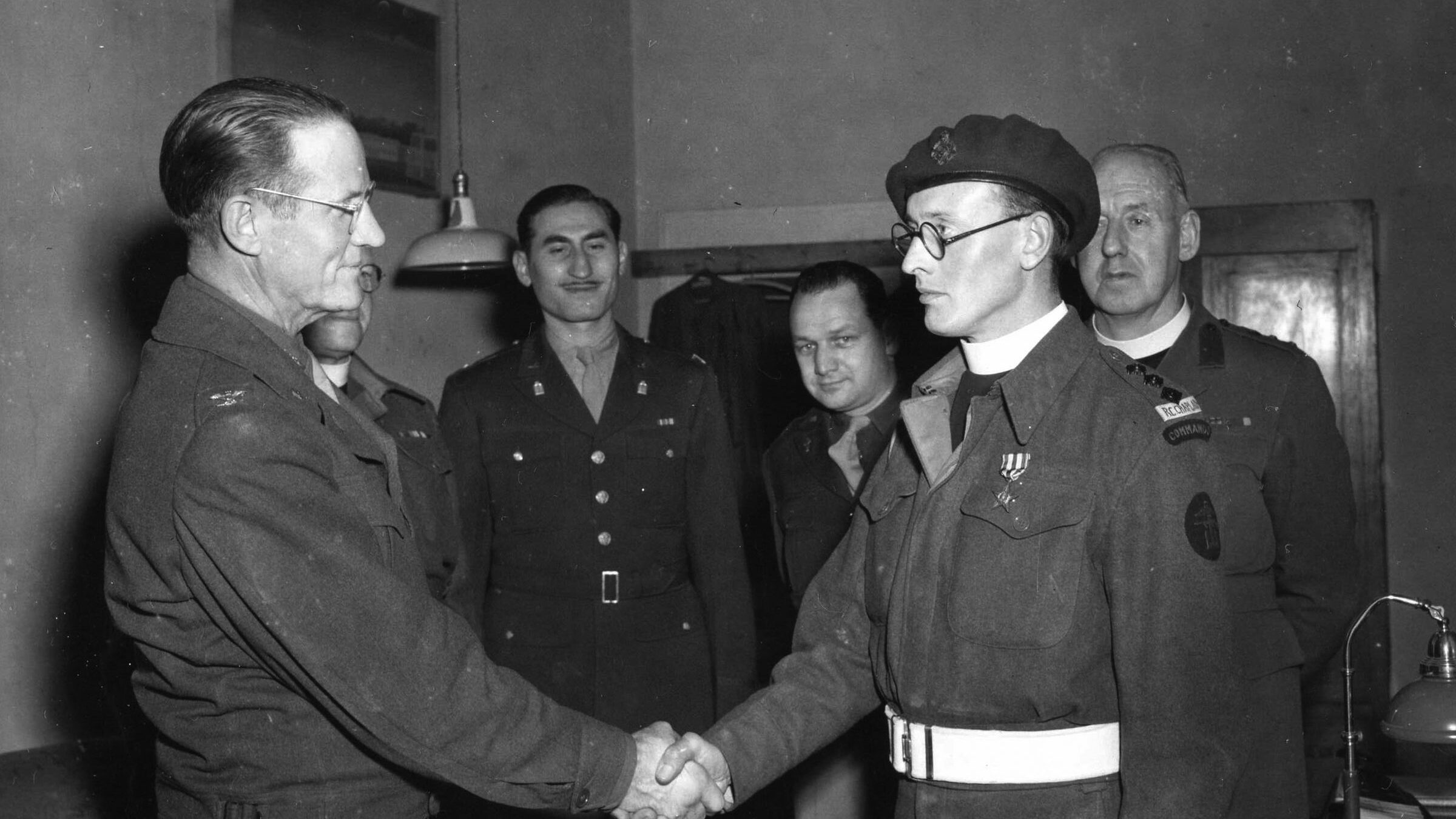
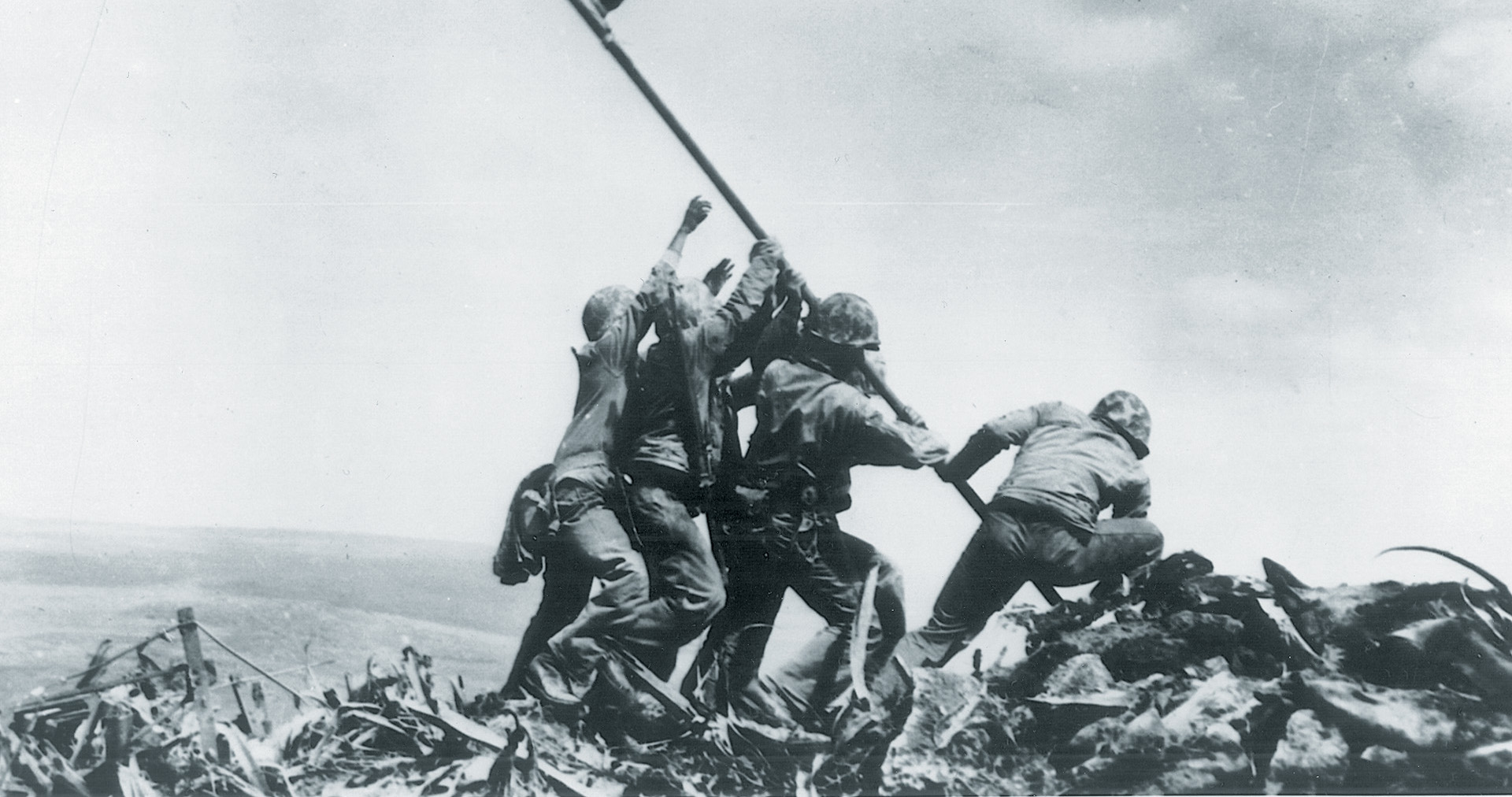
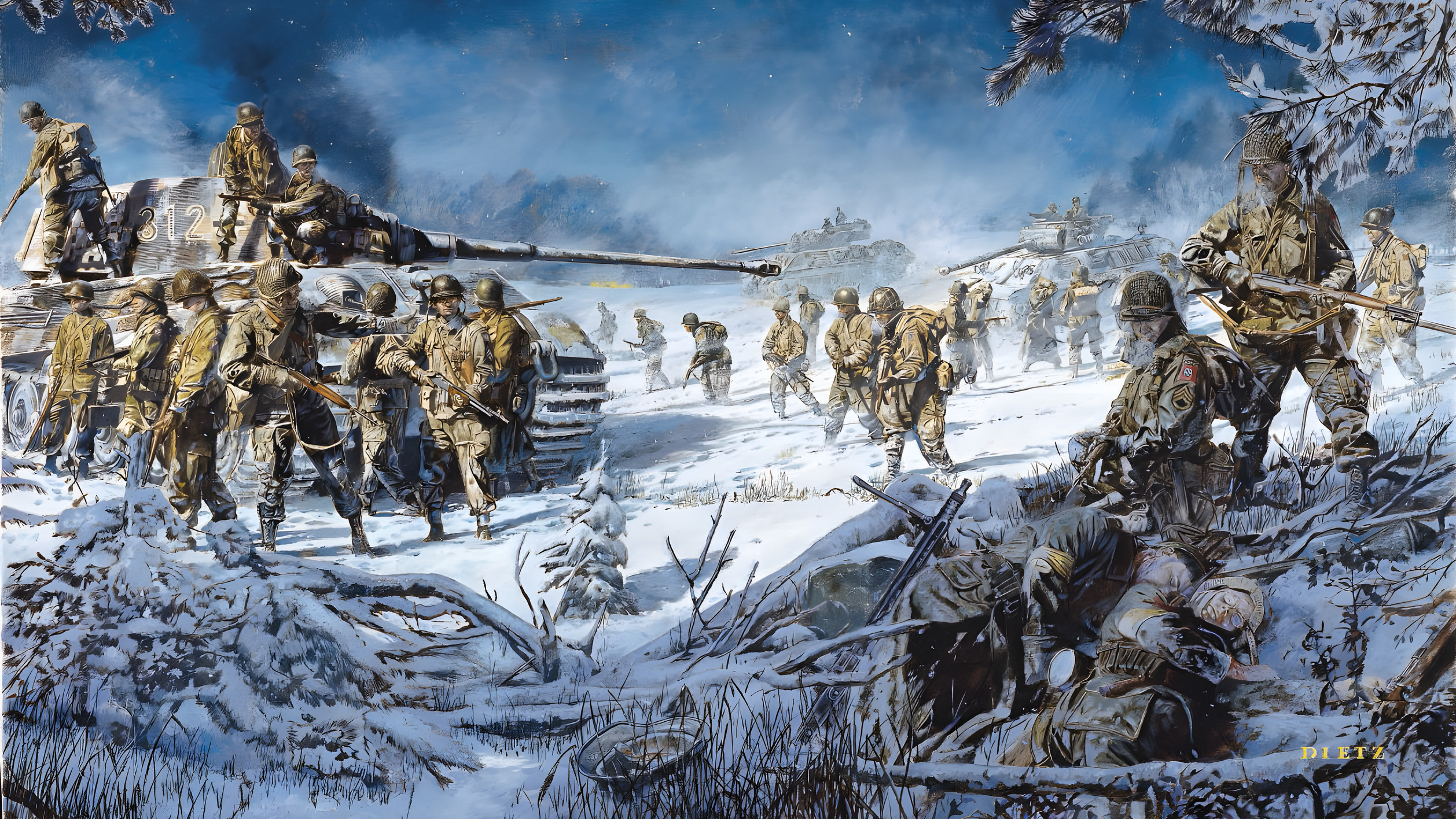
Join The Conversation
Comments
View All Comments